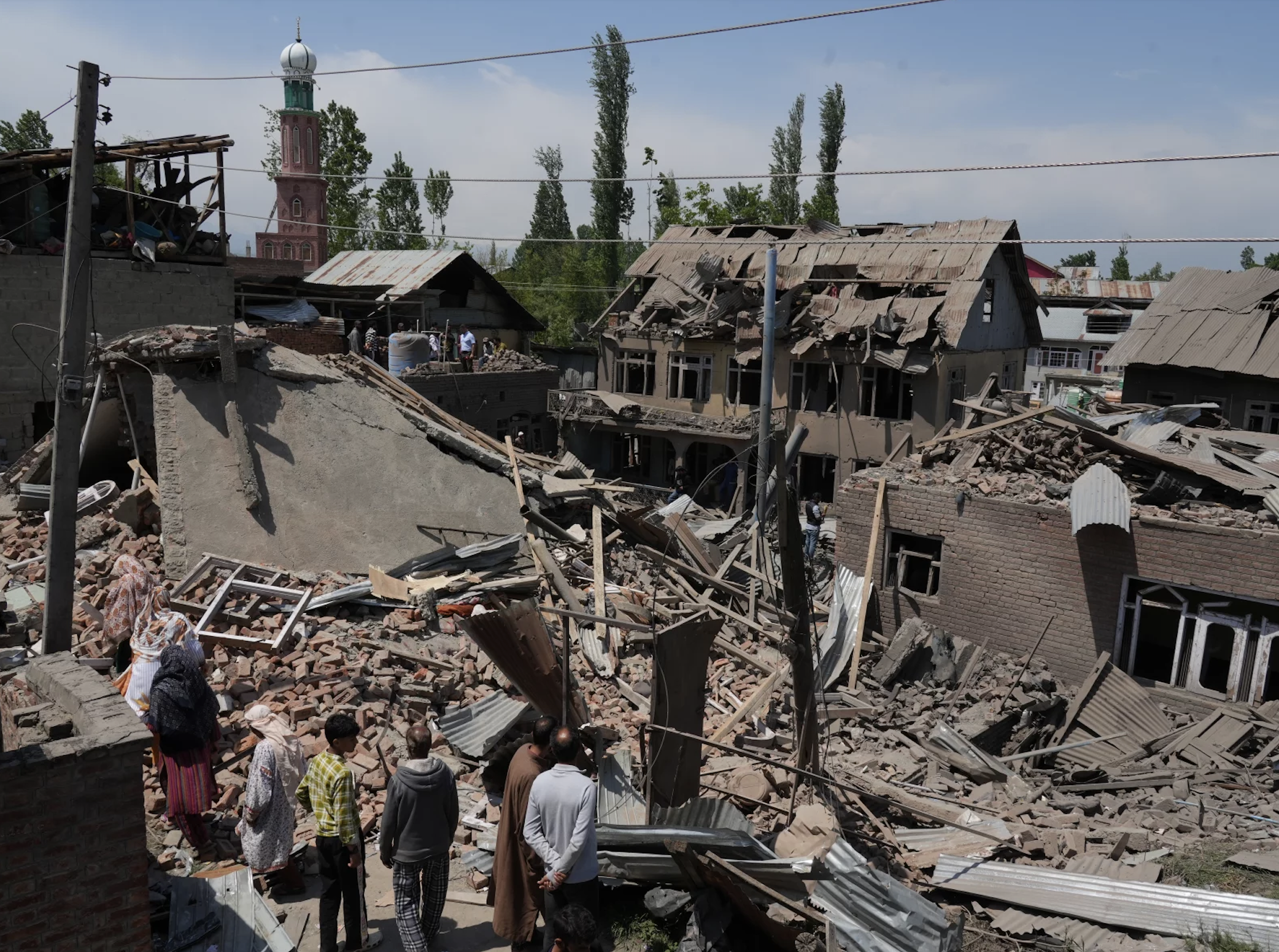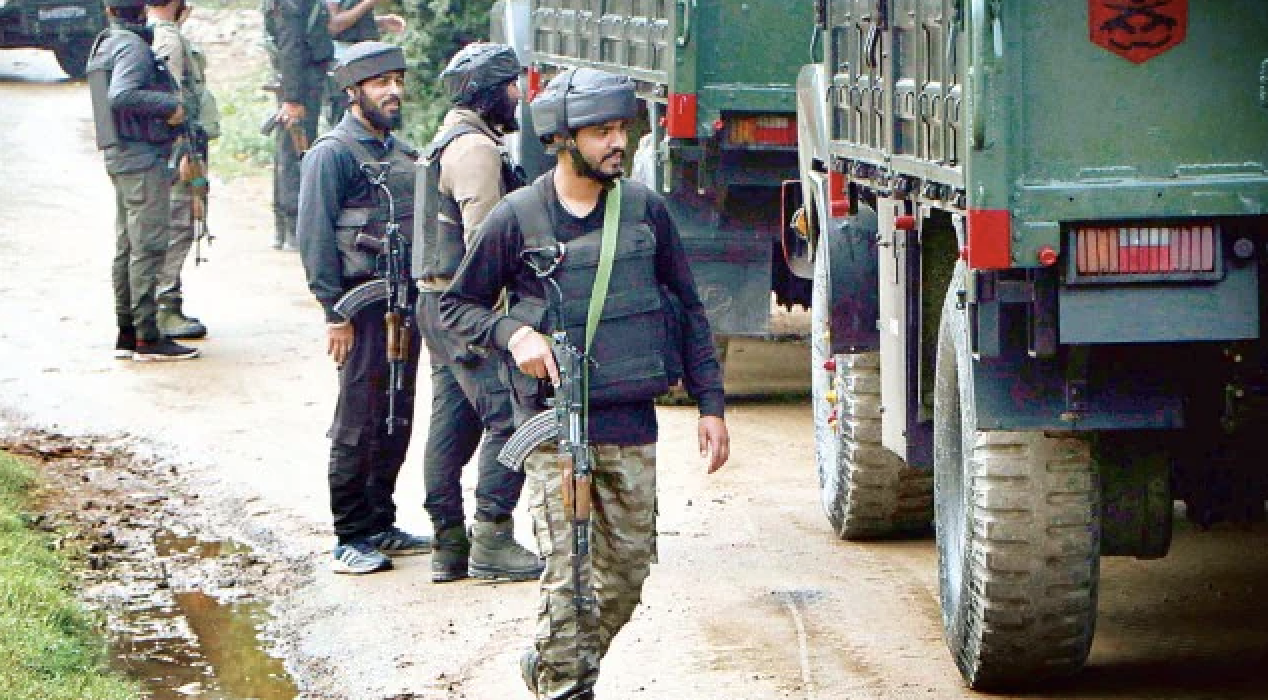
India is an ethnically diverse nation of 1.38 billion. With its own Muslim minority estimated at 200 million, India’s politics might have been expected to embrace pluralism as part of its identity as the “world’s largest democracy.” Unfortunately, in recent decades India’s politics have become ever more divisive and Islamophobic.
Alhamdulillah, we’re at over 850 supporters. Help us get to 900 supporters this month. All it takes is a small gift from a reader like you to keep us going, for just $2 / month.
The Prophet (SAW) has taught us the best of deeds are those that done consistently, even if they are small. Click here to support MuslimMatters with a monthly donation of $2 per month. Set it and collect blessings from Allah (swt) for the khayr you’re supporting without thinking about it.
To understand India’s divisive political and cultural discourse one might keep in mind 200 years of British colonial domination, first by the British East India Company and then by the British Crown. Moreover, the bloody 1947 Partition of India and Pakistan split the region along lines of religious identity, resulting in decades of tension between India and its neighbor Pakistan, a nation with an almost entirely Muslim population of 220 million.
“Hindutva” is a supremacist ideology synonymous with a resurgent Hindu nationalism opposing secularism and envisioning India as a “Hindu Rashtra (nation).” Hindutva is the guiding principle of the Rashtriya Swayamsevak Sangh (RSS) a right–wing, Hindu nationalist, paramilitary organization founded in 1925 that is linked to a vast network of right–wing organizations, including the Bharatiya Janata Party (BJP) which has led the government of India since 2014. Hindutva does not merely appeal to the upper caste Brahmin seeking to hold on to privilege but is framed as a populist movement appealing to “the neglected middle.”1
Despite India’s post–colonial constitution banning discrimination based on caste identity, the caste system nevertheless remains a cultural force in India, for example mobilized into political pressure groups. Communal violence and even murder are still explained and even rationalized in terms of caste. Indian writer Devdutt Pattanaik describes how “Hindutva has successfully strengthened Hindu vote banks by acknowledging the reality of caste as well as the underlying Islamophobia, and unabashedly equating it with nationalism.” And Professor Harish S. Wankhede has concluded2, “The current right-wing dispensation does not wish to disturb the functional social normative. Instead, Hindutva proponents politicize caste division, encourage patriarchal social values and celebrate Brahmanical cultural assets.”
Increasingly, minority communities have suffered from religious intolerance and prejudice under the new BJP government. Targeted most extensively, Indian Muslims have witnessed a chilling rise in incitement by elected leaders – from promotion of online harassment campaigns and economic boycotts of Muslim owned businesses, to blatant calls for genocide by some Hindu leaders. Anti-minority violence has included lynching and vigilantism.3
On a policy level, exclusionary Hindu nationalism is embodied in India’s 2019 Citizenship Amendment Act (CAA), which threatens to disenfranchise millions of Bengali-origin Muslims. As noted by the US Commission on International Freedom, “CAA provides a fast track for non-Muslim immigrants from Muslim-majority Afghanistan, Bangladesh, and Pakistan to apply for and gain Indian citizenship. The law essentially grants individuals of selected, non-Muslim communities in these countries refugee status within India and reserves the category of “illegal migrant” for Muslims alone.”4 Rohingya Muslims fleeing genocide in Myanmar and living in Jammu have been threatened with violence as well as deportation by BJP leaders.5 Anti-CAA activists, journalists and students have been harassed and detained.
Hindutva ideology is spread by numerous organizations in at least 40 nations around the world, led by supporters of India’s ruling political party and of Prime Minister Narendra Modi. Sangh Parivar (“Family of the RSS”) is an umbrella term for the collection of Hindu nationalist organizations that includes the Vishva Hindu Parishad (VHP, or “World Hindu Organization,”) which the CIA classified as a militant religious organization in its World Factbook’s 2018 entry6 for India. Claiming to “protect” Hindu religion and culture, the VHP youth wing Bajrang Dal has executed a great number of violent acts7 targeting Indian Muslims, and was also classified as militant. Though the Factbook does not currently make such determinations, there were reports in August 2022 that Bajrang Dal is organizing “weapons training for Hindus.”8
Many other organizations have also spread the Hindutva nationalist perspective both in India and globally. For example, the Vishwa Hindu Parishad of America (VHPA) may be legally separate from the VHP in India (the party that incited the destruction of the historic Babri Mosque in 1992 and the mass intercommunal violence that followed.) 9 However, it has clearly supported VHP leaders that promote violence. For example, in 2021 the VHPA invited Yati Narsinghanand Saraswati, chief priest of the Dasna Devi Temple in Ghaziabad, Uttar Pradesh, and the leader of Hindu Swabhiman (Hindu Self-Respect), to be honored speaker at a religious festival. Among other provocations, Saraswati is notorious for praising the Hindu nationalist killers of Mahatma Gandhi, and for calling Muslims demons.10 The VHPA was forced to rescind their invitation following a #RejectHate petition, but others associated with the organization, such as Sonal Shah, have recently been appointed to influential positions in the Biden Administration.11
In India, Rashtrasevika Samiti represents the women’s wing, subordinate to the male organization of RSS. The Hindu Swayamsevak Sangh (HSS) has operated in the USA, starting informally in the late 1970s and then incorporated in 1989, while also operating in over 150 other countries with an estimated 3289 branches.12 In the USA, Hindutva values are also expressed and promoted by the Hindu American Foundation (HAF), an advocacy organization that depicts criticism of Hindutva as the same as Hinduphobia.13
These organizations often overlap, forming a highly engaged network of Hindutva leaders and influencers. This linkage became apparent in September 2019 during the Howdy Modi rally in Houston, Texas, a moment when the political potential of the Hindu American community received widespread media attention in the USA. Standing side by side, President Trump and Prime Minister Modi lavished praise on each other. But “Howdy, Modi” gathered together not just President Trump and 50,000 Indian Americans, but numerous politicians, including Democratic House Majority Leader Steny Hoyer and Texas Republican Sens. John Cornyn and Ted Cruz.
As the Intercept reported at the time14, “The chair of the ‘Howdy, Modi’ organizing committee, Jugal Malani, is the brother-in-law of the national vice president of the HSS15 and an adviser to the Ekal Vidyalaya Foundation of USA, an education nonprofit whose Indian counterpart is affiliated with an RSS offshoot. Malani’s nephew, Rishi Bhutada*, was the event’s head spokesperson and is a board member of the Hindu American Foundation, known for its aggressive tactics to influence political discourse on India and Hinduism. Another spokesperson, Gitesh Desai, is president16 of Houston’s chapter of Sewa International, a service organization linked to the HSS.”
In an important and highly detailed 2014 research paper17 mapping the Hindutva landscape in the USA, South Asia Citizens Web researchers had already described the Sangh Parivar (the Sangh “family”), the network of groups at the forefront of the Hindutva movement, as having an estimated membership numbering in the millions, and funneling millions of dollars to nationalist groups in India.
This story was originally published in muslimmatters.org . Read the full story here





